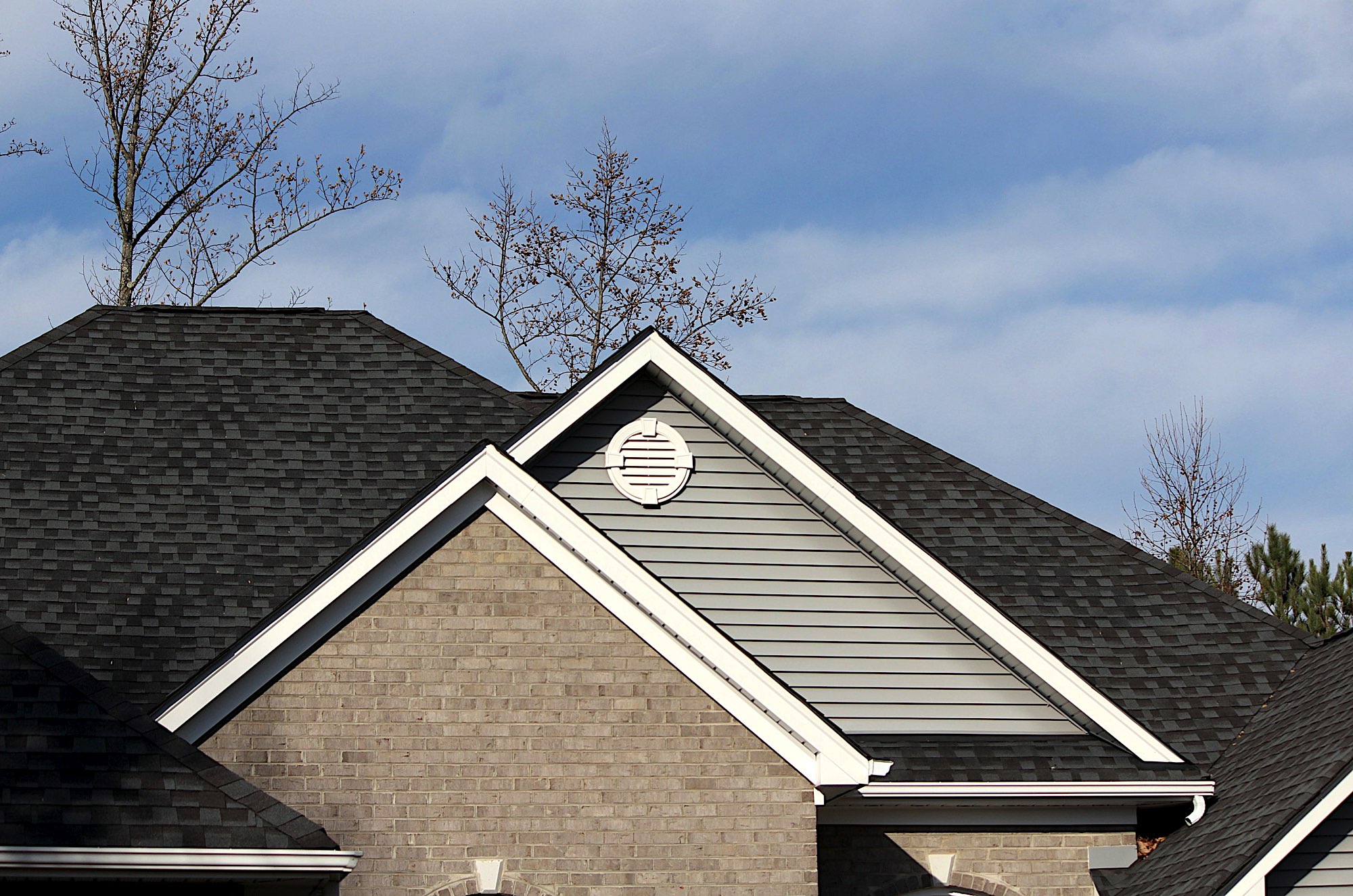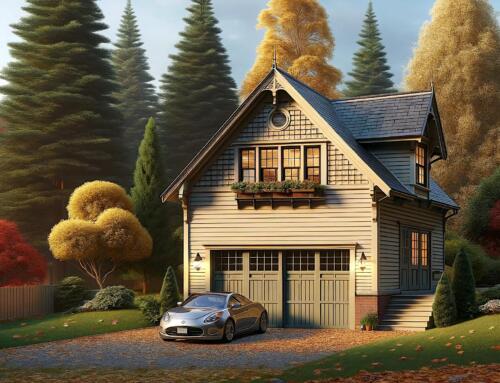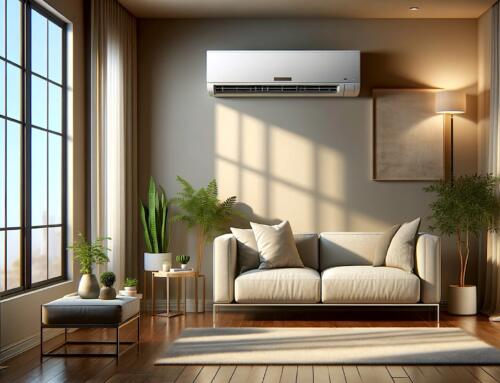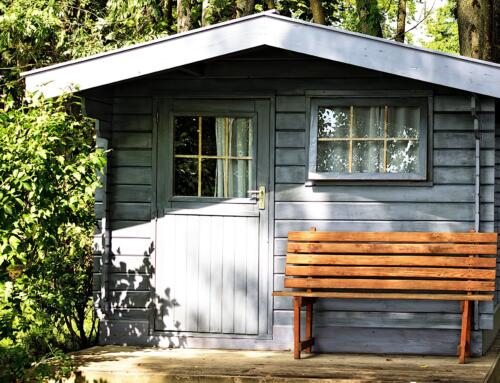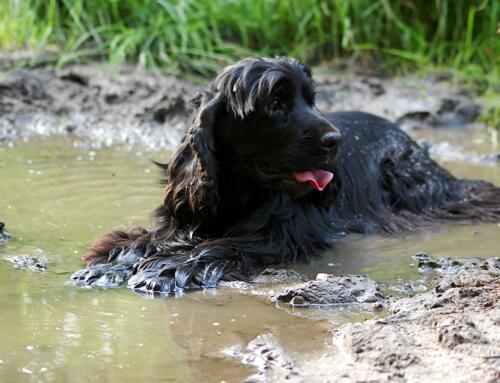October is the last month to prepare your home for the cold and wet months of winter. A systematic inspection of home systems and the exterior is essential to a safe and secure home. Remember, tradespeople are the busiest during the worst weather: it seems everyone’s furnace will go out on the coldest day of the year.
Furnace
Test the furnace before the heating season begins in earnest. Do this by turning up the thermostat and noting the time it takes for warm air to reach the living space. Is the flow strong and hot? Is the fan motor quiet and even, or does it sound worn? Check to make sure all the intake and exhaust vents are free of obstructions. The furnace air filter should be replaced at least twice a year. This will ensure cleaner air with less dust and fewer allergens. Furnace ducts can be cleaned every two years to remove dust and debris. The results can be a noticeable improvement in air quality.
Carbon Monoxide
Carbon monoxide is a very dangerous gas that can be fatal in concentrations. A carbon monoxide detector in the furnace room can save lives by alerting occupants to dangerously high levels of the gas. Do a quick check for carbon monoxide leaks with a disposable badge available at any home-improvement store.
Air conditioners
An air conditioning system will need some attention before winter. Thoroughly vacuum and clean the fan blades and condensing coils inside the unit. Cover it with a protective jacket to protect the machinery from freezing water and rust. Choose a cover that is breathable, yet waterproof. Window air conditioners should be removed, cleaned, and stored in a dry heated area. If it cannot be removed, follow the same procedure as the condensing unit.
Fireplace & chimney
A fireplace needs a thorough annual inspection to make sure it’s safe to operate and isn’t wasting energy. Test the chimney draft by using a burning piece of paper. The smoke should rise easily. If it doesn’t, call a professional to have it inspected for blockages of nests or live animals. A chimney sweep will inspect the liner for a buildup of creosote. Regular removal is necessary to prevent a chimney fire caused hot fires and rising embers. Inspect the exterior of the chimney for missing mortar or open joints. They should be repaired before winter to prevent water from entering and freezing, which will eventually compromise the structure.
Frozen pipes
There are two types of water lines susceptible to freezing: exterior taps and pipes on exterior walls. Exterior faucets can sometimes be turned off with a valve inside the house. If there isn’t a shut-off valve inside, use an insulating cap on the faucet and install a heating coil in the inside section of the pipe particularly in very cold climates.
An interior water line on an external wall, or in an area that isn’t directed heated such as a cellar, should be wrapped in a foam insulating sleeve. These are inexpensive and slip onto a pipe without the need for any tools or tape. Using these on hot water pipes will actually reduce energy loss and save a little money.
Insulation
Foam gaskets on exterior outlets and switch plates save energy, too. The gaskets are cheap, and they prevent air infiltration through the building envelope to the interior. If you are interested in giving this a try, you may be surprised at how the room seems warmer within minutes of installation. The cost is a few cents per outlet so this is an easy gain.
Roof preparation
And lastly, be sure to inspect the roof for damage or wear. Missing shingles should be replaced right away because they create a weak spot that is susceptible to further wind damage. Have a look at the flashing around the chimney and other changes in the roofline. Hire a roofing contractor to do an inspection for you. They will inspect and repair at the same time including caulk, flashings, and loose gutters.
Contact me to learn more about the benefits of pre-inspections when selling your home.
![]()

